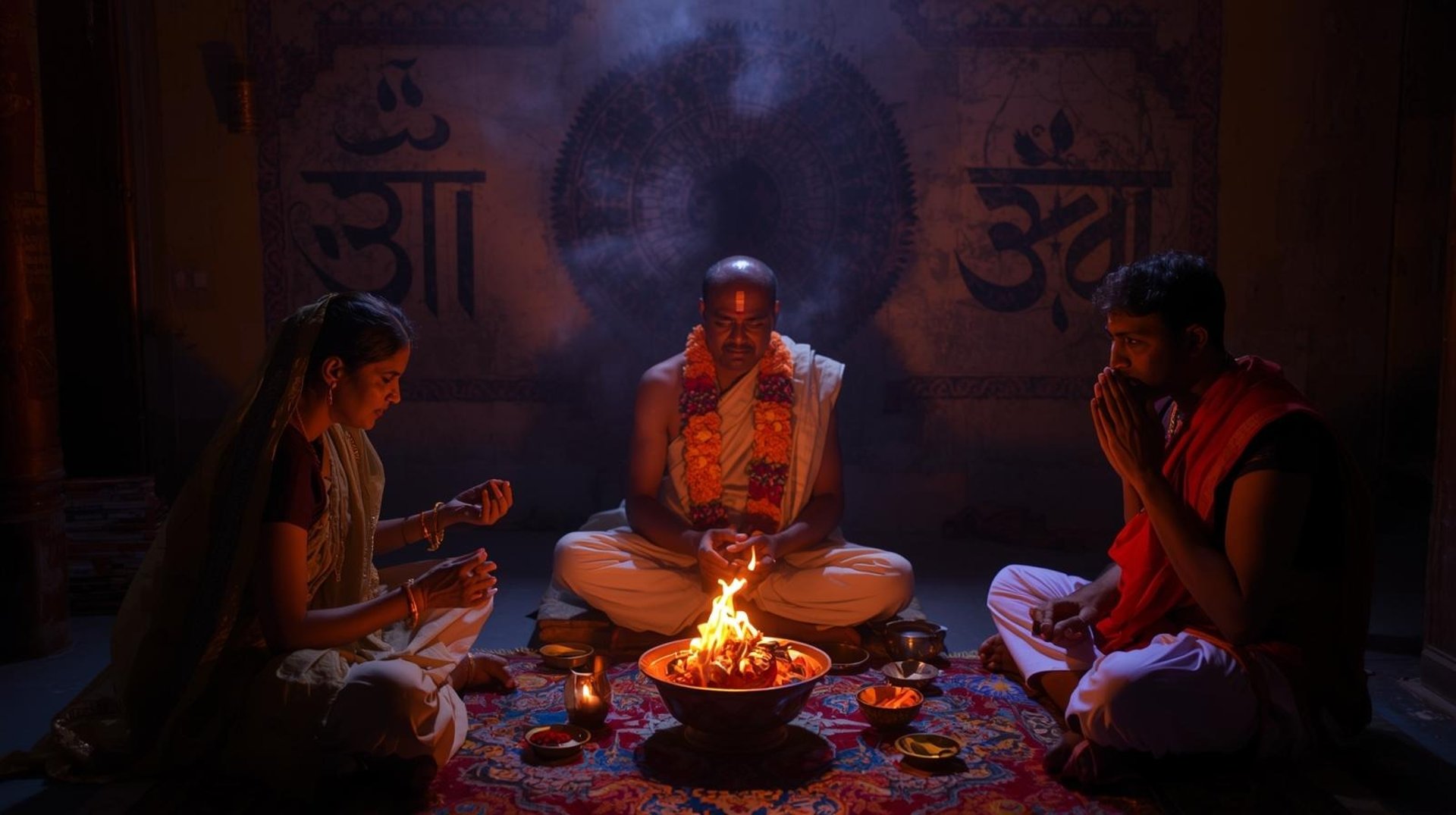
Dash Kriya
The Dashkriya (दशक्रिया) ritual in India is an important part of Hindu funeral rites — a series of ten sacred ceremonies performed after a person’s death to ensure that the soul (atma) finds peace and moves on to the next realm.
It is deeply rooted in the Garuda Purana and Manu Smriti, and practiced across India, especially in Maharashtra, Gujarat, and northern states with local variations.
Meaning of “Dashkriya”
Dash = Ten
Kriya = Rituals or acts
So, Dashkriya literally means “ten rites” — the ten ceremonial acts performed over ten days (sometimes more) after death.
These rites mark the journey of the departed soul (preta) toward becoming a pitru (ancestor spirit).
Purpose of Dashkriya
To help the departed soul detach from its physical body.
To purify the soul’s karma and guide it toward liberation (moksha).
To offer symbolic nourishment through pind daan and tarpan.
To provide emotional closure and purification for the family.
To prepare the soul to join the lineage of ancestors (pitraloka).
The Ten Rituals (Overview)
Below is a general outline — local traditions may vary:
Day Ritual Purpose / Description 1st Day Antyesti (Cremation) The body is cremated; the soul begins its journey to the afterlife. Ashes are collected later (often on the 3rd day). 2nd–3rd Day Asthi Sanchayan The ashes (asthi) are gathered and immersed in a holy river (like the Ganga or Godavari). 4th–9th Day Daily Shraddha & Pind Daan Each day, pinds (rice balls) are offered to nourish the spirit and help it shed earthly attachments. 10th Day Dashkriya Proper The final and most important ritual; symbolic creation of a new spiritual body for the soul using 10 pinds. The preta (wandering soul) becomes a pitru (ancestor). 11th Day Ekaadash Shraddha Purification of the family; the house is cleansed, and regular life gradually resumes. 12th–13th Day Sapindikarana Shraddha The soul is formally united with the forefathers; Brahmins and guests are fed.
Key Components of Dashkriya
Pind Daan – Offering of rice balls symbolizing the body.
Tarpan – Offering of water and sesame seeds for peace.
Daan (Charity) – Giving food, clothes, and alms to Brahmins or the poor.
Mantras and Homam – Vedic chants and fire rituals to purify and uplift the soul.
Feeding of Cows, Crows, and Brahmins – Believed to convey the offerings to the ancestors.
Important Dashkriya Sites
Certain holy rivers and pilgrimage sites are considered especially sacred for performing Dashkriya:
Trimbakeshwar (Nashik, Maharashtra)
Gaya (Bihar)
Haridwar and Prayagraj (Uttar Pradesh)
Varanasi (Kashi)
Rameswaram (Tamil Nadu)
Badrinath (Uttarakhand)
At these sites, priests known as Purohits or Pandits specialize in guiding families through Dashkriya and related shraddha rituals.
Spiritual Significance
The Dashkriya marks a spiritual transformation:
It completes the transition of the departed from preta (restless soul) to pitru (ancestral spirit).
It relieves the soul from material bondage and grants peace.
It also helps the family release grief and resume normal life in harmony.
Would you like me to provide a day-by-day breakdown of what exactly happens during the 10 days of Dashkriya, including the mantras, offerings, and symbolic meanings?